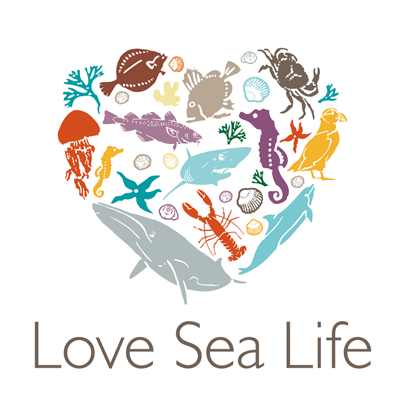Did you know that Natural England has an in-house Dive Survey Team? This year Ian Saunders, a Senior Adviser in the Marine Data Management and Geographic Information team, took part in several dives with his team to gather data at a number of sites around our coasts.

About Natural England’s Dive Team
Natural England has had staff who dive for work since the mid 1980s, but the current Dive Survey Team was formed in 2012. Members of the team have to meet certain minimum dive qualification standards defined by the Health and Safety Executive and pass an annual medical, but they come from all across the organisation.

Ian Saunders spends his days creating detailed maps of features and habitats of the marine environment, but he likes nothing better than swapping his laptop for diving gear and getting to see the real thing.
Ian explains: “The aim of the Dive Team is to help Natural England’s monitoring team by delivering condition assessments for designated sites and features, which can’t easily be assessed by other means, at a fraction of the cost of using external contractors.”
This year the Dive Team have completed surveys of the sunset cup coral population in Lyme Bay and Torbay candidate Special Area of Conservation (cSAC), kelp and reef surveys in the Isles of Scilly SAC, the seagrass beds in the Tamar Estuary SAC, subtidal reef surveys at Flamborough Head SAC and a survey of the maerl beds in the Fal Estuary SAC. In an interesting twist, the Dive Team may also be brought in to help with the control of an invasive species in one of our lakes!
As well as these ‘in-house’ projects, divers also work with external contractors and their teams when they are carrying out surveys for Natural England. This improves efficiency by reducing overall project costs and gives staff hands-on interaction with the habitats and species they give advice on.
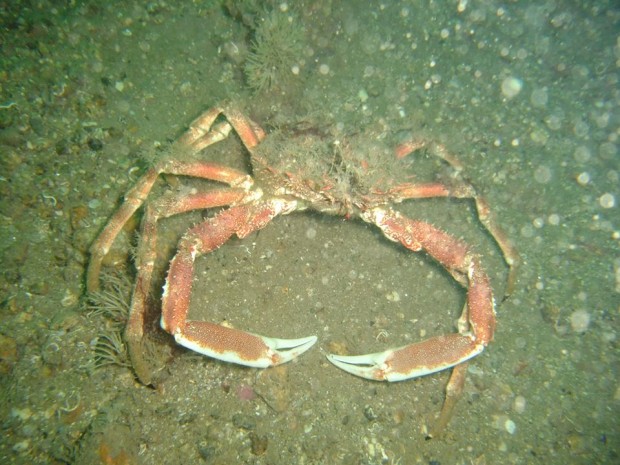
Lundy Island Marine Conservation Zone
One of Ian’s favourite dives is Lundy Island. Lundy has a history of strong marine conservation and byelaws were put in place to create a no take zone. Lundy became the first Marine Conservation Zone in 2010 and it’s a divers’ paradise.
“The waters around Lundy are pretty clear and the number of species you can spot in a single dive is incredible. And any dive is likely to have observers – the grey seals are really inquisitive and come right up to you to see what you are doing. We use the dives to take a closer look at what species can be found there, and what they say about the health and condition of the site. It’s a great opportunity for Natural England staff to be involved in a hands-on survey of one of the sites we’re responsible for.”
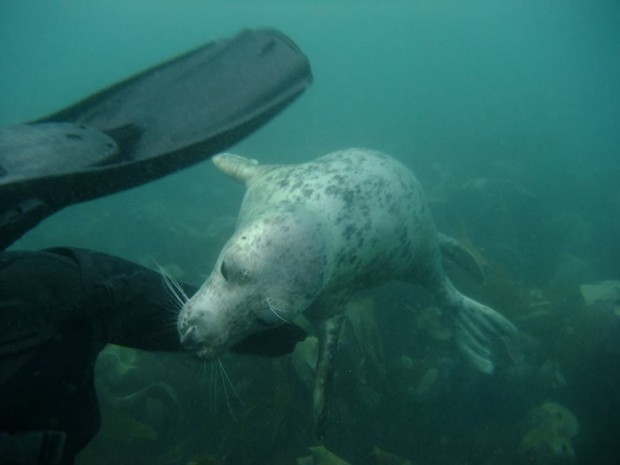
The challenges of underwater surveys
More so than on land, successful marine surveys rely on a number of factors including appropriate tides and weather conditions. If the weather is inclement it is not safe to put divers in the water, and even with good weather conditions, the wind may be in the wrong direction making it impossible to access the planned dive sites on a particular day.
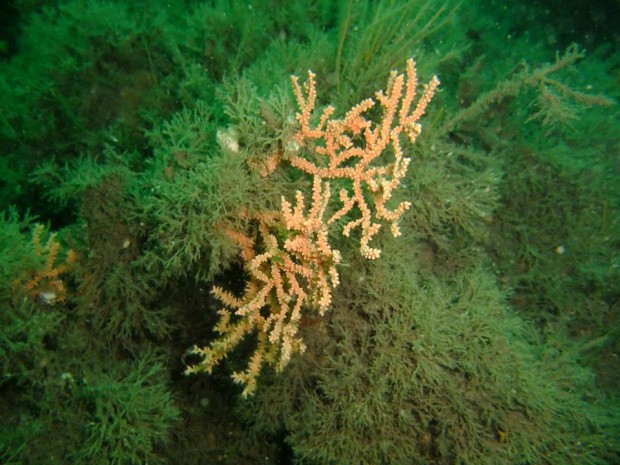
How will the data help marine conservation?
The compiled data will be analysed to produce a report, which, for example in the Isles of Scilly, set a ‘baseline’ of data for reef habitats. In future years this can then be monitored against the ‘baseline’ by repeating the survey at those sites, to give us information about whether (and if so, how) the condition of the reef habitats in Scilly are changing. In Lundy, in partnership with the Landmark Trust who manages Lundy Island, Natural England regularly monitor to see if the no take zone has increased biodiversity. This information will be used as the evidence base for conservation advice that is provided for the site in the future.
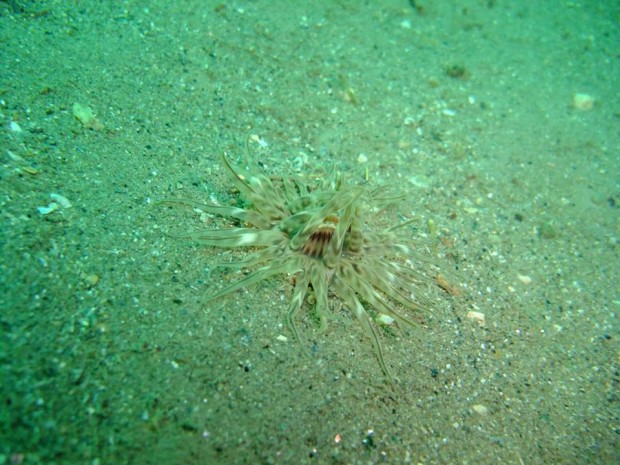
All photos with thanks to Ian Saunders

